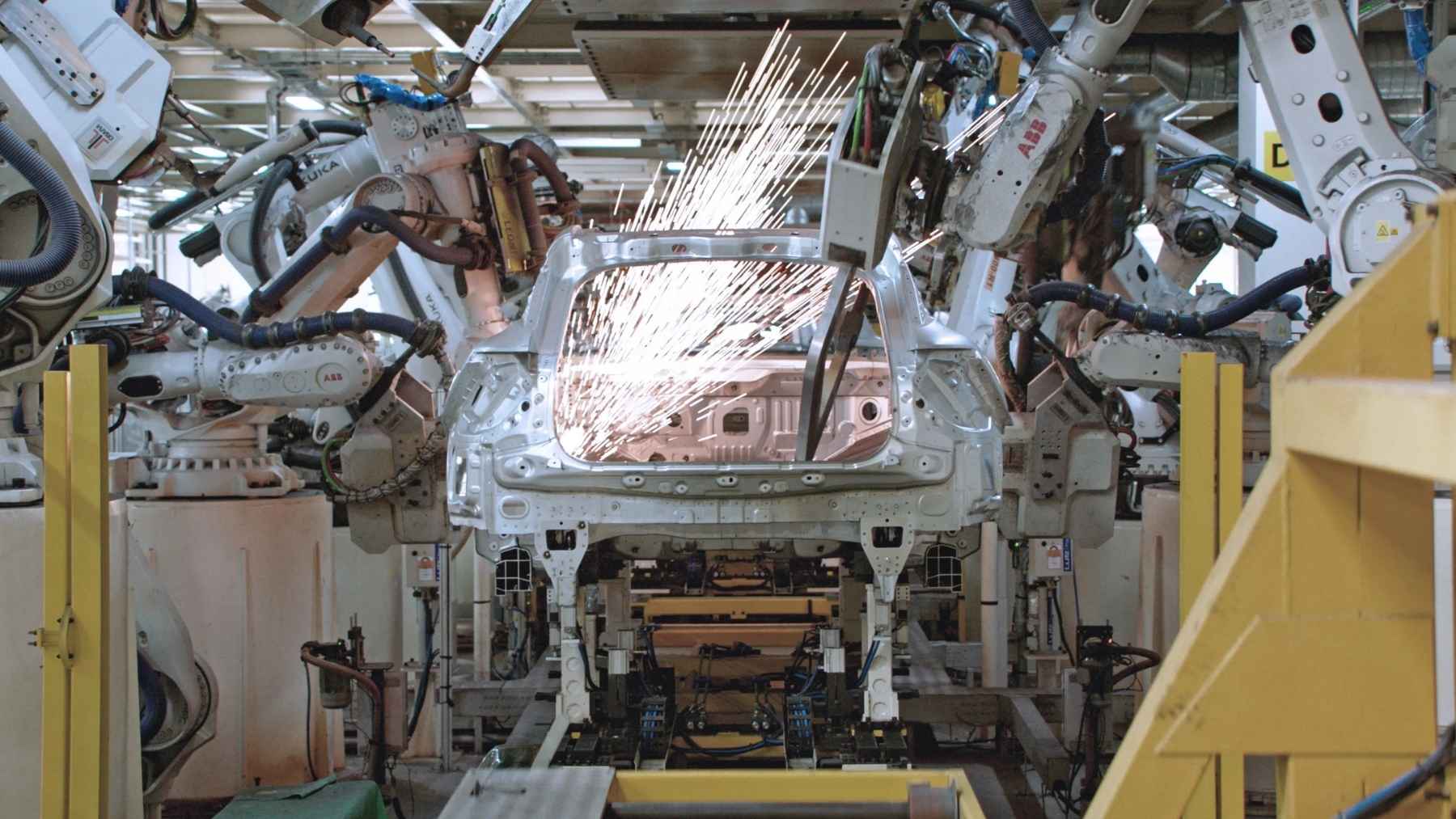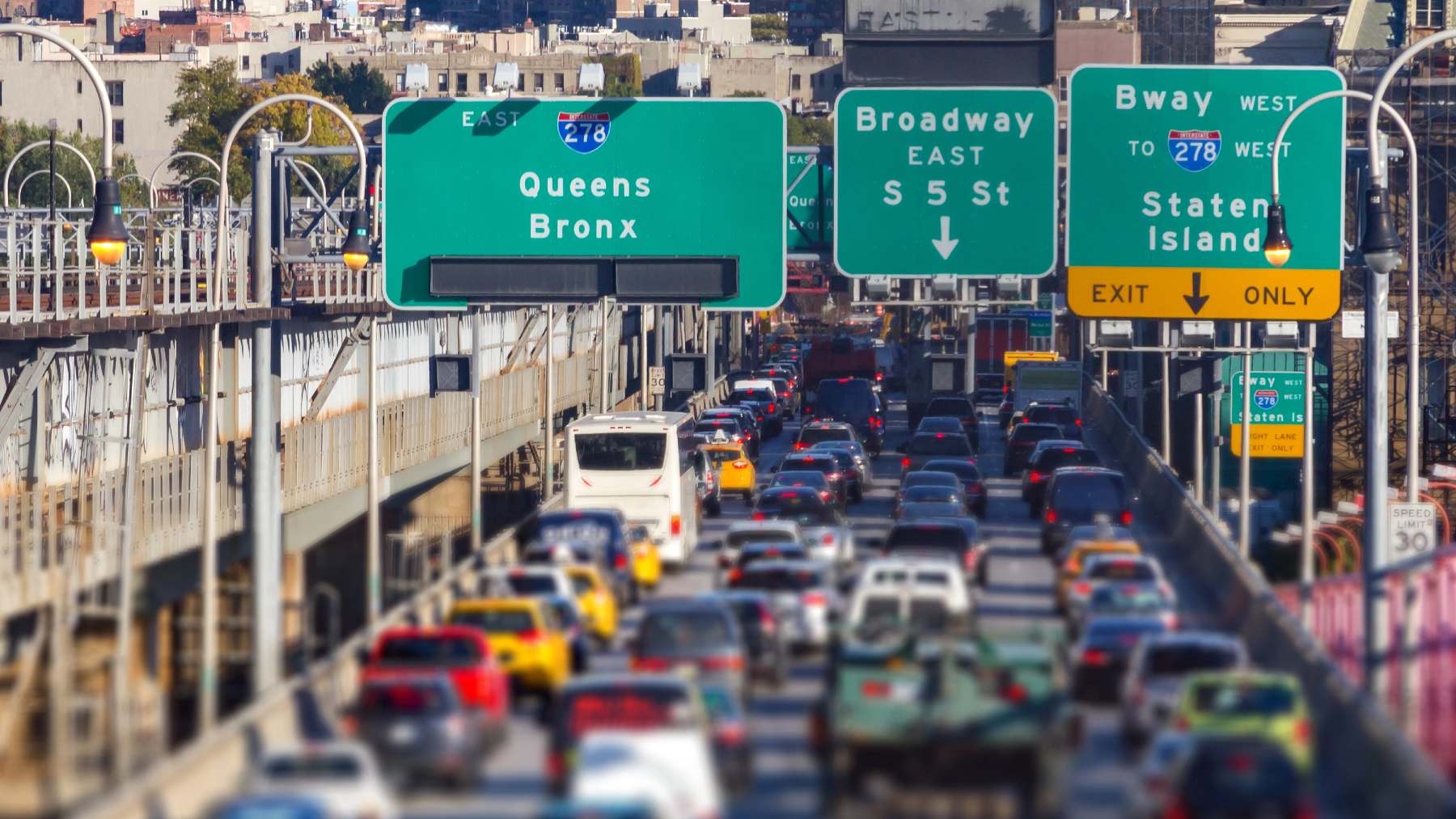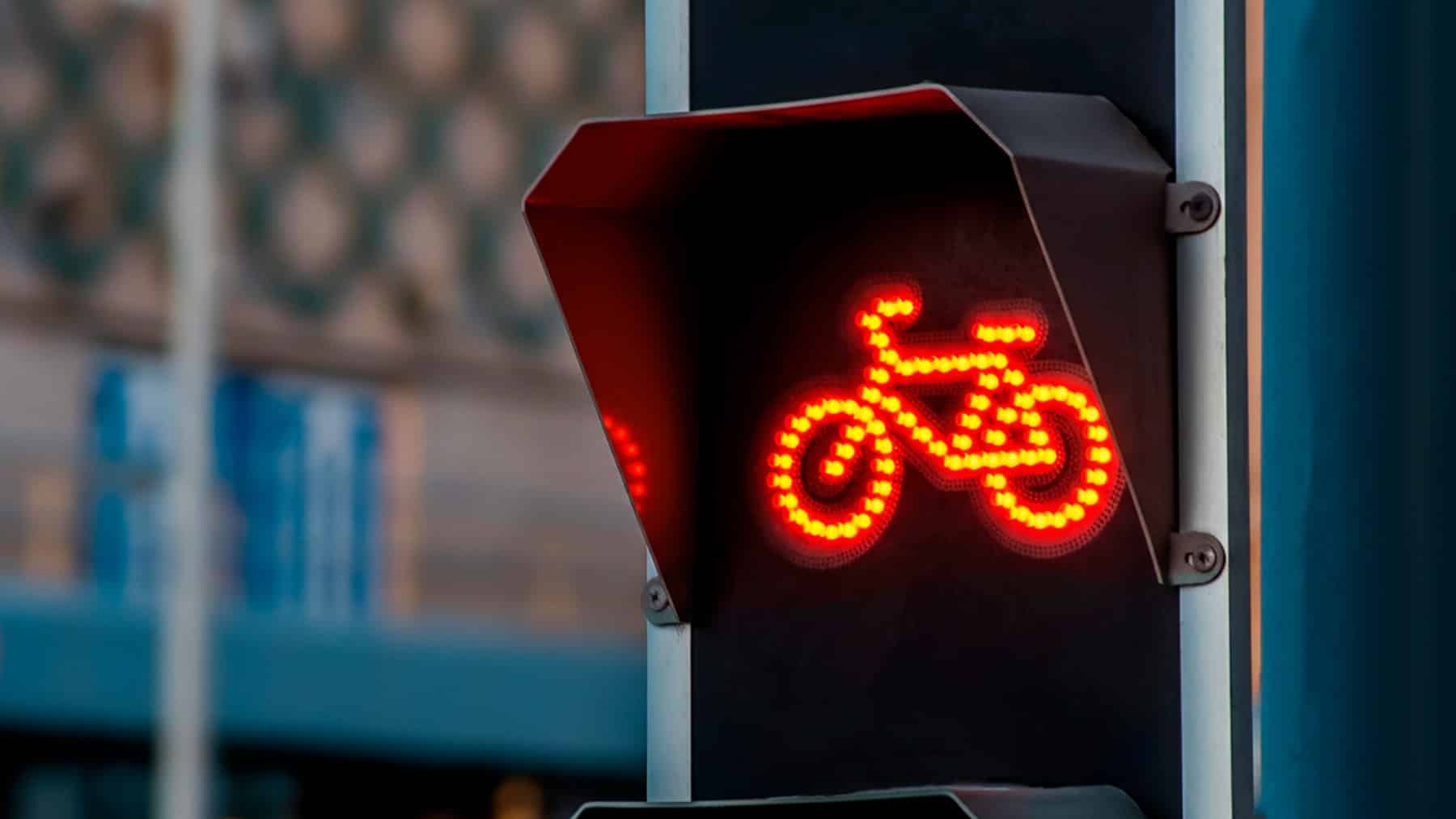Legislation that could reshape how and where Americans drive could be changing in six U.S. states. The most drastic change entails the proposed revisions to posted speed limits. Although speed limits will change in 6 states, the issue of speed limits is a more controversial method designed to monitor or control driver behavior. In New York, drivers will have to install a device to reduce speeding and other traffic-related fatalities.
Speed limits adjustments in 6 states
Changes to the existing speed limit rules are being proposed by lawmakers for the states of Indiana, Mississippi, New Jersey, New York, North Dakota, and South Carolina. These are part of laws to improve traffic flow, reduce congestion, and in some cases, catch up with the speeds drivers are already driving at.
In Indiana, the HB1078 would remove the speed limit for large trucks and passenger cars on some highways allowing trucks to travel 70 mph legally on rural interstates instead of being restricted to the 65-mph speed limit. State officials are of the opinion that this change would better and safer since it is aligning the speed limit despite vehicle types. According to a joint study, the Indiana Department of Transportation and Purdue University estimates that this could reduce crashes by 20%.
On the other hand, Mississippi is believed to raise the maximum speed limit to 75 mph on rural interstates and to about 80 mph on toll roads if HB74. Citizens feel the legislation makes no difference as drivers already exceed 70 mph.
New Jersey is in the process of debating whether to use the 85th-percentile speed rule by setting speed limits based on how fast most drivers are naturally going for highways like the Garden State Parkway. Senator Declan O’Scanlon has stated that speed limits are archaic and don’t reflect actual driving behavior since 100 percent of drivers are breaking the law already.
North Dakota lawmakers have increased the speed limit to 80 mph. Despite a similar bill being proposed in 2023, supporters are of the opinion that this bill passed again would be effective.
In South Carolina, a new bill has been passed that proposes raising the minimum speed on interstates with 70 mph zones, increasing it from 45 mph to 50 mph so as to reduce accidents caused by slow-moving traffic.
While those are merely 5 states changing speed laws, New York is another state intending on changing speed laws, however, new year has a different mandate proposal.
New York’s speed changing decision
For New York, lawmakers are advocating for a bill that not only increases the maximum speed limit from 65 mph to 70 mph on interstates but also includes provisions to install speed monitoring devices in vehicles for drivers who have committed multiple violations.
The bill was inspired by pilot programs showing that vehicles equipped with GPS-based limiters or data recorders could drastically reduce speeding. Much similar, to a breathalyzer-based ignition interlock devices for DUI offenders, these technologies could automatically alert drivers when they exceed posted limits or even prevent acceleration beyond a set speed. It’s unclear if the proposed law would require devices that simply monitor speed or those that actively control it.
Supporters argue that this is a necessary step toward reducing high-speed crashes and repeat violations. Opponents, however, say it’s government overreach and express concerns related to privacy and practicality. With the speed limit change in New York, drivers need to know how to drive.
Looking at these state speed laws altogether
Although the use of in-car speed control technology in New York is the most aggressive step, all six states have adopted a modernized approach to how speed limits are set and enforced. To date, eight of the states still set speed limits differently for trucks passenger vehicles.
The U.S. Department of Transportation has always emphasized the importance of uniformity and data-driven policy in managing highway speed. Albeit through legislation, updated signage, new driving regulations, or onboard tech, how fast citizens drive and how they are monitored are now of interest throughout the U.S.














